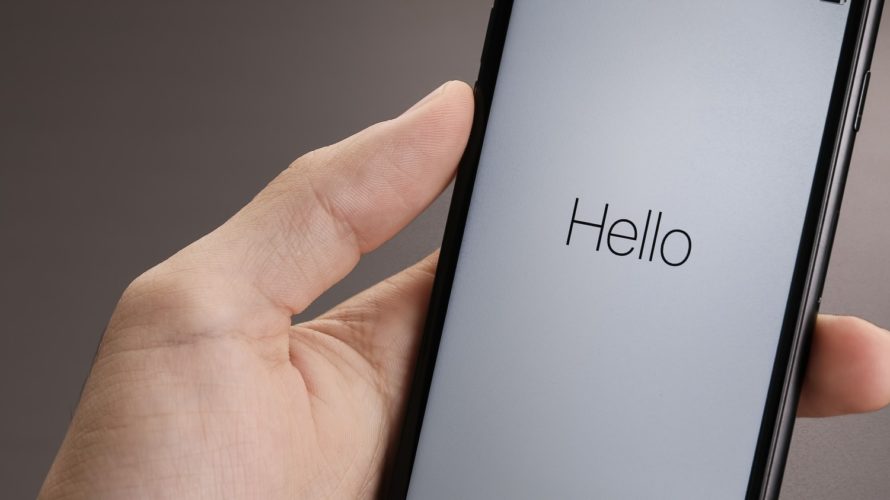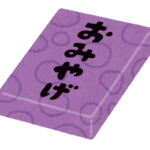Japanese & Korean study lesson 1 “greeting”

Hi,
How are you doing my friends?
As the title of this article says, in this lesson, I will teach you how to greet in Japanese and Korean at the meantime.
In my experience of learning Korean as a Japanese, I found that Korean is quite similar to Japanese entirely such as grammar, words, pronunciation (a bit)…etc.
That is why I would like you to learn both languages in this page and hope it works well to everyone who are endeavoring to improve them.
However, I want to mention before starting my lessons that I am not perfect at English as I am also in progress of brushing up my English skills day by day, so that I would be very pleased if you tell me when you don’t understand or need more explaination of what you want to know.
This is enough for taking off my first lesson?
Then let’s get started!
Greeting in Japanese and Korean
こんにちは / 안녕하세요 (bit formal)
Initially, I would like you to know “Hello” in Japanse and Korean.
those are;
“こんにちは” (Ko-n-ni-chi-wa)
“안녕하세요” (an-nyong-ha-se-yo)
I said that, Japanese and Korean are quite similar, but those are quite different?
Bear with me. Greetings are unfortunately compretely different…but it is same as English-spanish or some other languages, isn’t it?
Greetings are always used in a daily life, so once you remember, then speak out everyday in the morning to evening and on chatting apps…etc, then you master it without knowing it.
Let’s move back to “こんにちは” and “안녕하세요”.
Same as “Hello”, “こんにちは” and “안녕하세요” can be used as “good evening”, “good morning” and “good afternoon” interchangeably.
Of course, there are other phrases for those greetings like down below.
Good morning:
– Japanese “おはようございます” (O-ha-yo-u-go-za-i-ma-su)
– Korean “잘잤어요?” (jal- jassoyo?)
Good evening:
– Japanese “こんばんは” (Ko-n-ban-wa)
– Korean “안녕하세요” (An-nyong-ha-se-yo)
However, in fact, in Korea, people say “안녕하세요” (An-nyong-ha-se-yo) for everytime greetings as it is more casual to say anybody, except working for a company and greet to vice president or someone else who is very senior of yours.
It is fine to just say;
“안녕하세요” (An-nyong-ha-se-yo)
at first and remember others later on.
But in Japan, it is more common to distinguish “おはようございます”, “こんにちは” and “こんばんは”.
So in Japanese, please try to distinguish;
Good morning: “おはようございます”(O-ha-yo-u-go-za-i-ma-su)
Good afternoon/Hello: “こんにちは”(Ko-n-ni-chi-wa)
Good evening: “こんばんは”(Ko-n-ba-n-wa)
What I explained above is a bit formal way to greet, so let’s move on to more casual form that can be used for greeting to your friends.
おつかれ!/안녕 (Casual)
We learned “こんにちは” “おはようございます” “こんばんは” and “안녕하세요” before, but you want to learn more casual ones which can be used to your friends, don’t you?
Here is more casual way to say like native, check below;
おつかれ!(O-tsu-ka-le!)
안녕! (An-nyong!)
Both are super useful phrase for greeting.
Firstly, “おつかれ!(O-tsu-ka-le!)” is basically used for after work to your same age coworkers like same as “good job!”or “good work mate!”.
But, we also use it when meeting friends and when leave the meeting.
That is like “Hi ya” and “Bye.”
I often say “おつかれ!(O-tsu-ka-le!)” to whoever as long as meeing friends.
Your friends would say “おつかれ!(O-tsu-ka-le!)” in return.
Next, in Korean, I said that “Hello” is “안녕하세요 (an-nyong-ha-se-yo)”.
However, to friends or close person, we say just “안녕”.
It is used as “Hello” and “Bye” in a more casual way.
I recommend you to use it in stead of “안녕하세요 (an-nyong-ha-se-yo)” if you have Korean friends, and it makes your conversation more comfortable.
Say 안녕! (An-nyong!) to your friends from today!
But that should be better not to use it when you interact with the person at the first time.
Again, Here you remember;
おつかれ!(O-tsu-ka-le!)
안녕! (An-nyong!)
Got it?
Keep it up!
お会いできてうれしいです / 만나서반가워요
Today’s last lesson is;
お会いできてうれしいです (o-a-i-de-ki-te-u-le-shi-i-de-su)
만나서반가워요 (man-na-seo-ban-ga-wo-yo)
both are used as “Nice to meet you”.
But, even though I write it down here, I don’t normally use “お会いできてうれしいです (o-a-i-de-ki-te-u-le-shi-i-de-su)”.
Instead of this, I usually say “(はじめまして、)よろしくおねがいします ((Ha-ji-me-ma-shi-te,) Yo-lo-shi-ku-o-ne-ga-i-shi-ma-su)” when I see the person for the first time.
I think it is more common to say “(はじめまして、)よろしくおねがいします ((Ha-ji-me-ma-shi-te,) Yo-lo-shi-ku-o-ne-ga-i-shi-ma-su)” except a special occasion, so let’s try this one.
“만나서반가워요 (man-na-seo-ban-ga-wo-yo)” is pretty much common to use in Korea when you meet someone for the first time, but just 반가워요 (ban-ga-wo-yo) is also fine intead of “만나서반가워요 (man-na-seo-ban-ga-wo-yo)”
Example sentences
With a friend
A「おつかれ~!」
B「おつかれ!」
.
.
.
A「おつかれ~!」
B「おつかれ~」
When meeing a person who you don’t know
A「こんにちは、○○です。よろしくおねがいします。」
B「こんにちは、はじめまして、○○です。よろしくおねがいします。」
○○(name)です(〇〇de-su)=I am ○○.
With a friend
A「안녕!」
B「안녕!」
.
.
.
A「안녕~」
B「안녕~」
When meeing a person who you don’t know
A「안녕하세요?○○입니다.만나서반가워요.」
B「안녕하세요?○○입니다.반가워요.」
○○(name)입니다 (〇〇ip-ni-da)=I am ○○.
Summary
How was the first Japanese and Korean lesson so far?
Maybe some of you might be still trying to learn Hiragana or 한굴 aren’t you?
Same as English study, first of all, you must remember our letters and better if possible to read it smoothly.
Then, here you go, it is way more efficient for you to improve your Japanese and Korean.
I believe that the more you build your fundermentals of what you want to improve, the faster you achieve your goal, so if you are struggling with remembering Hiragana, Hangul, try to remember those first 🙂
This time, I introduced some useful Phrases.
I hope it helps your study and tell me what you want to know about Japanese and Korean languages.
Thanks for reading, and looking forward to seeing you in the next one.
Cheers!
おつかれ! and 안녕~!!
-
前の記事

自己紹介 2020.04.13
-
次の記事

お土産屋さんでの仕事って?仕事内容など 2020.06.19